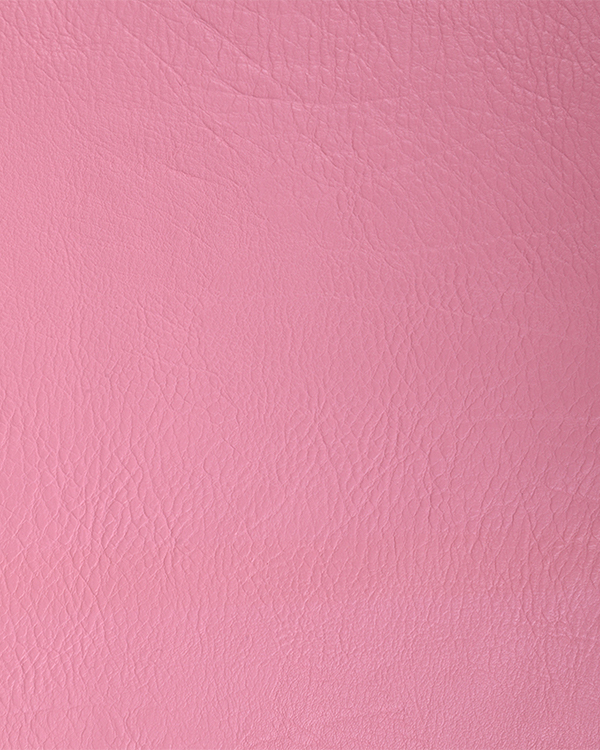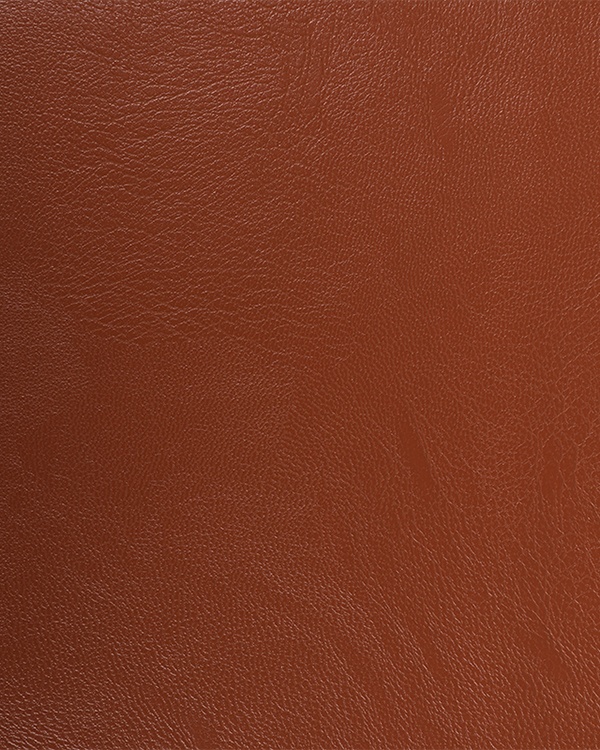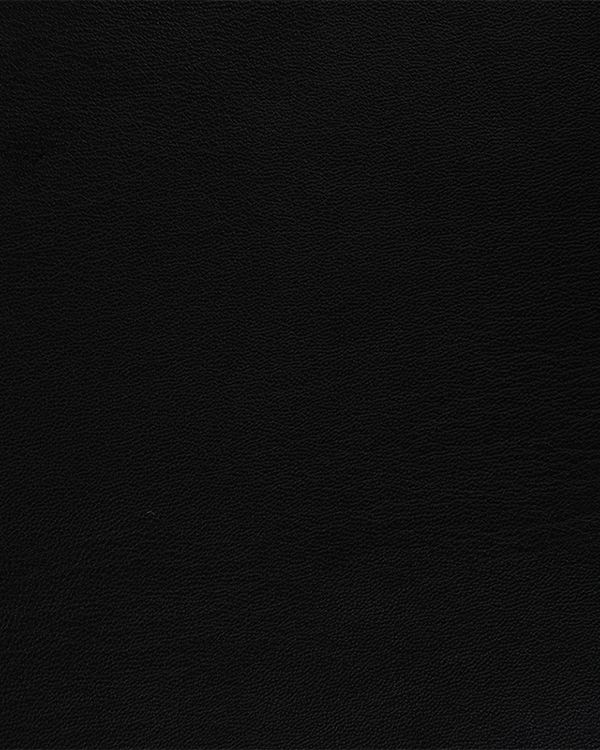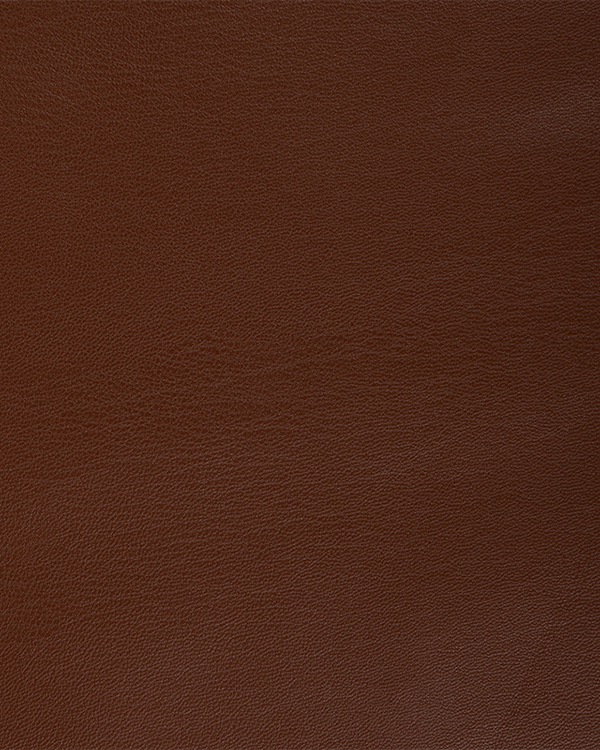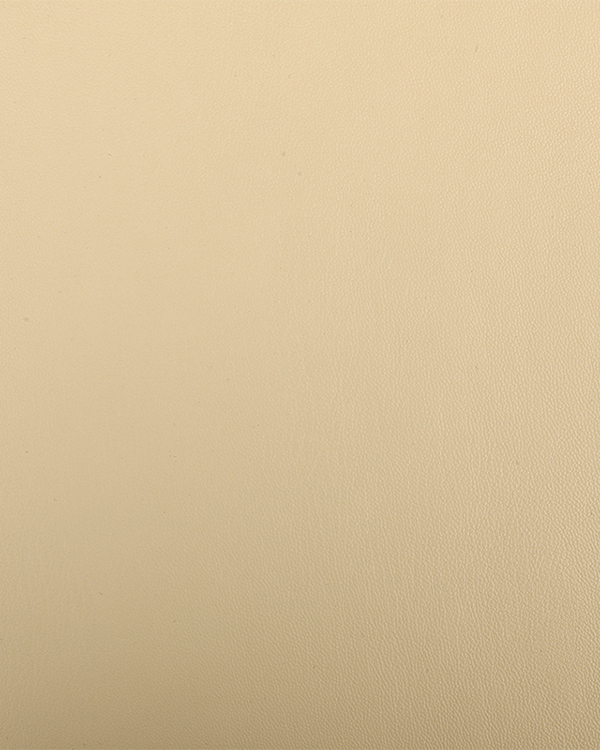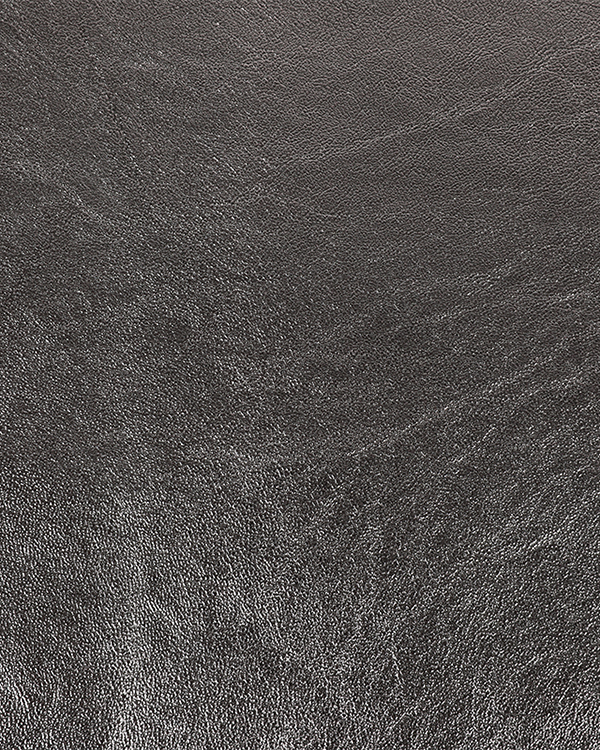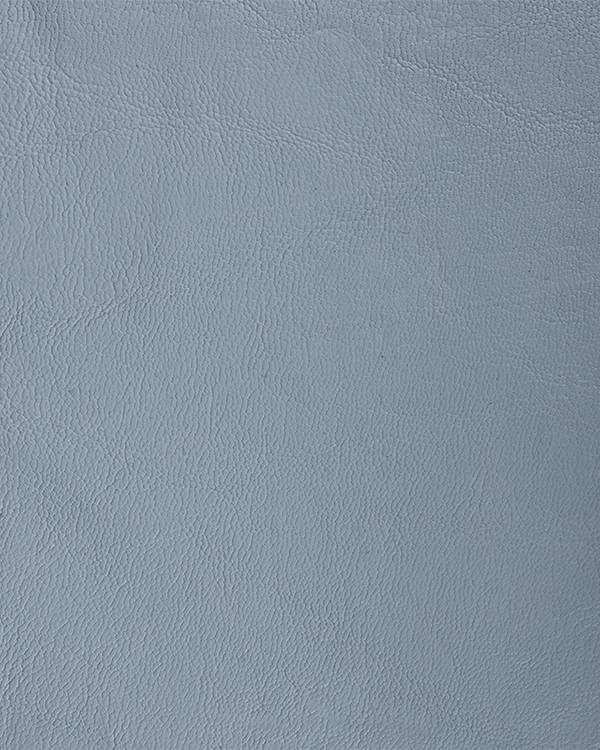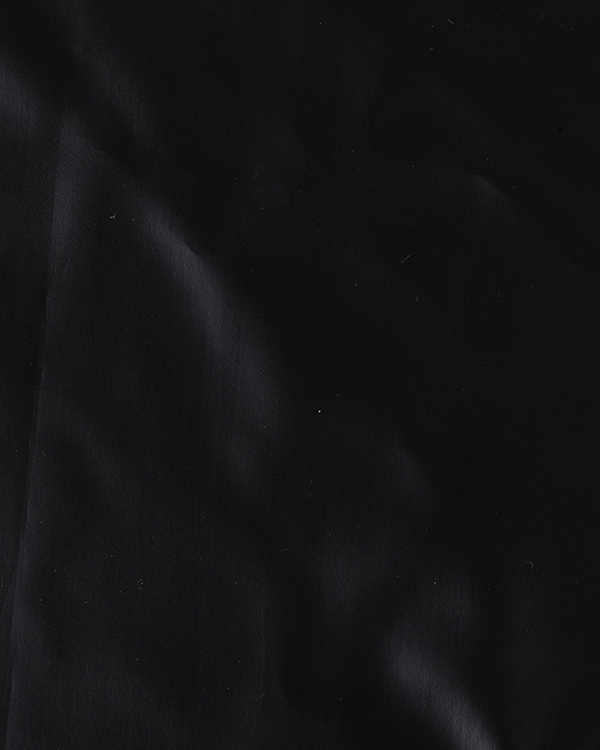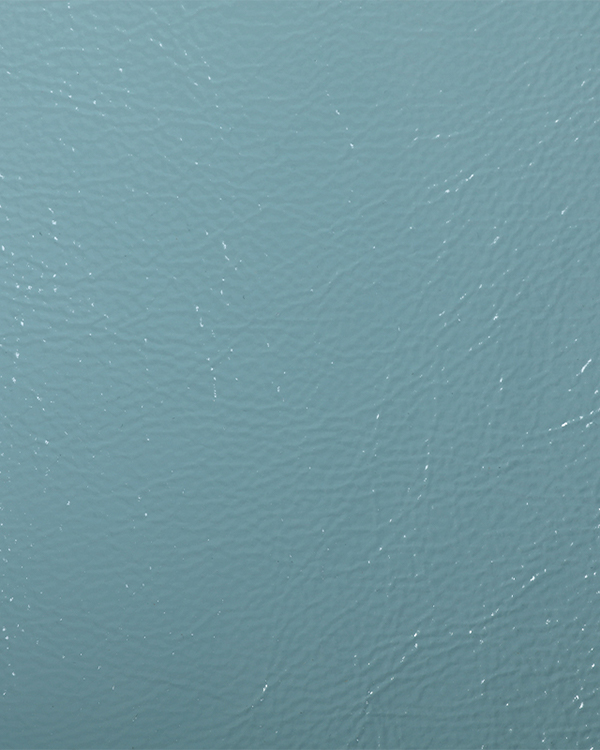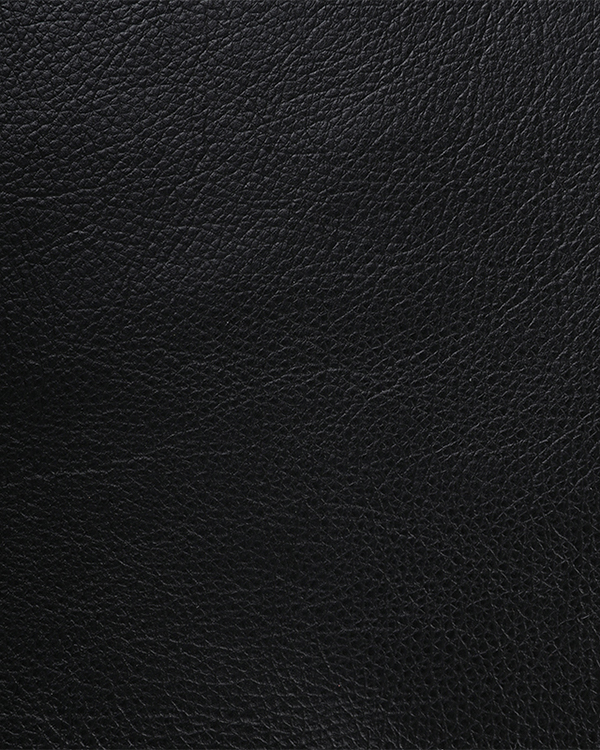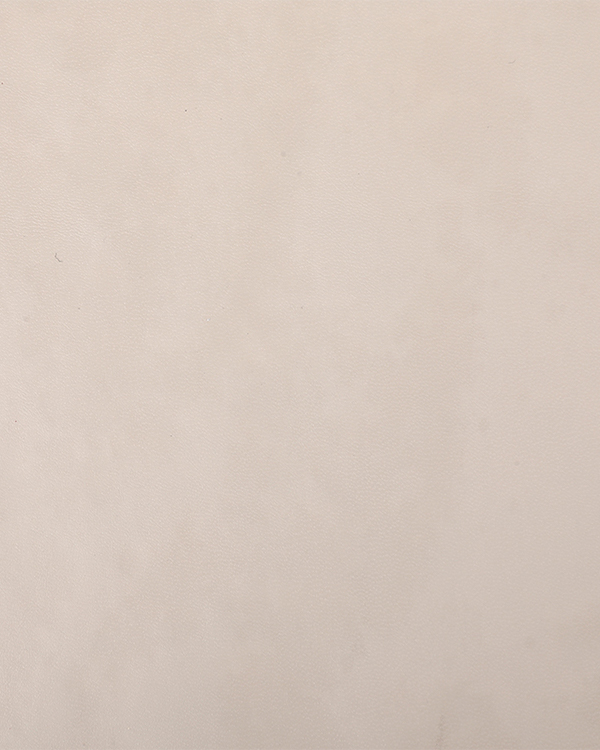This type of water-based leather is only the surface treatment layer replaced with a water-based surface treatment agent. Although this synthetic leather cannot be called water-based synthetic leather in the full sense, its significance is also very important.
Because the style of synthetic leather mainly relies on surface treatment, the solvents used in surface treatment agents are not only various, but most of them are difficult to recycle, and their damage to the environment is even more than DMF. If this part is fully water-based, its influence will be huge. In addition, there are dozens of styles of synthetic leather, such as Crazy Horse, Yangbuck, polishing, etc., which are the key links in the matching of synthetic leather. Only a variety of water-based treatment agents can better meet the needs of the market.
2. Water-based dry synthetic leather
The key to this type of water-based leather is to replace the dry-process surface layer and adhesive layer with the surface layer and adhesive layer of water-based resin. This type of water-based leather is relatively easy to achieve. Although there will be such and other problems in technical applications, they can basically be overcome. This is also one of the most mass-produced categories of water-based synthetic leathers.
3. Water-based semi-PU synthetic leather
The key to this type of water-based leather is the PVC foam layer as the bottom layer, and the surface layer is made of water-based PU resin.
Compared with water-based dry-process synthetic leather, this type of water-based leather has an extra layer of PVC foam, so the hand feel is better than ordinary water-based dry-process synthetic leather, and it is also one of the best water-based synthetic leathers at present. It has some advantages of PVC leather and PU leather.
This is also one of the most mass-produced categories of water-based synthetic leather, mainly used in sofa leather and other aspects.
4. Water-based wet-process synthetic leather
This type of water-based leather can be essentially divided into two types. One is to replace the traditional DMF foam layer with water-based foam resin.
This technology is also a dry process in essence, but because it is mechanically foamed with water-based resin, a foamed layer with a cell structure (spherical closed-cell cell) made by physical methods replaces the solvent-based foamed layer. Because it is a foamed layer, the base fabric has not been impregnated, nor can it form a vertical cell structure (vertical cell) similar to that formed after DMF precipitation, so it can only be called a "wet-like method".
However, because of physical foaming, there are certain problems in cell uniformity and stability in mass production. At present, this type of water-based synthetic leather has been mass-produced, but further exploration and improvement are required for mass application, but some companies have claimed that the technology has made breakthroughs.
The other is the PU leather made of solvent-free PU resin as the foam layer and water-based resin as the surface layer. This is also a category with great future development prospects.
5. All-water wet-laid synthetic leather
This type of water-based leather is the highest level of water-based synthetic leather products. The key is to use water-based resin to impregnate the base fabric and then solidify to make a water-based synthetic leather base containing a foamed layer.
This type of water-based synthetic leather has been successfully developed very rarely. For example, Lanzhou Ketian said that it has been successfully developed, but it still takes time for the market to be popularized and tested. Market participants still have many doubts about whether this product can achieve the performance of synthetic leather made by traditional DMF wet process.
Regenerated water-based artificial leather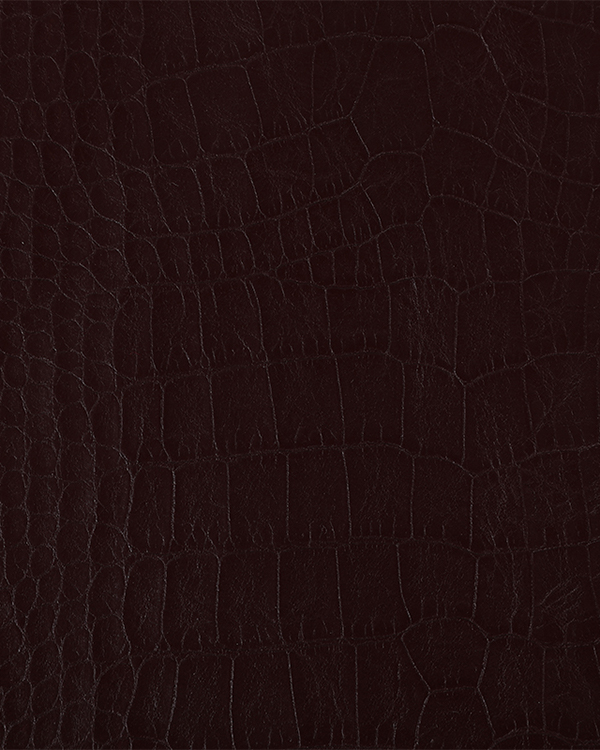
1. 100% artificial leather on the face feels soft and fits the skin.
2. The texture is the softest, resistant to folding, and has a certain degree of moisture absorption.
3. Close to the leather effect, simulation.
4. Environmental protection, 100% recycled polyester fabric at the bottom.
5. The color fastness is higher than or equal to level 4.
6. Long-term stable export of global products.

 English
English Español
Español
